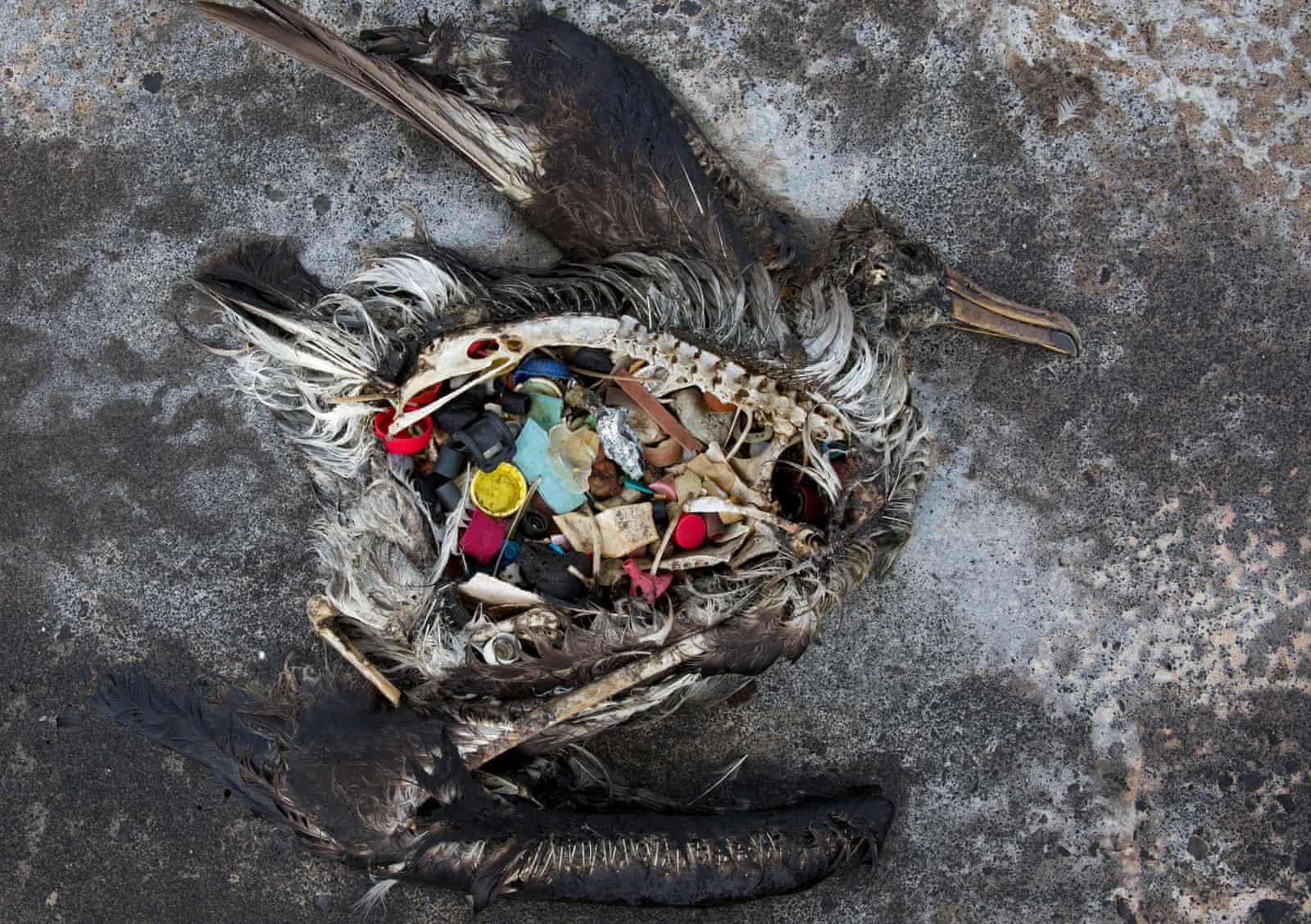The most common biological method would be the anerobic/aerobic wastewater treatment. Both of which requires bacteria or other micro-organisms to breakdown the organic compound from the wastewater via biological oxidation to form sediments, which can then be removed (Mohamed, 2015). However, it is noted that the process is too time consuming, and requires the effluents to be of a consistent condition for the process to be efficient (Ijanu et al., 2020). Hence, scientists and engineers have explored the possibilities to improve wastewater treatment effectiveness via pairing up with physicochemical methods.
A common physicochemical method is the photon-Fenton process. Based on Dong et al. (2020), a photo-Fenton reaction is a kind of advanced oxidation process, which conventionally combines Fe2+ ions with H2O2. It was found that this reaction generates a strongly oxiding radical species that can degrade organic pollutants into non-toxic materials, without the need for a harsh environment and special equipment. Notably, this reaction requires a low pH of 2.8 to reach maximum efficiency (O'dowd et al., 2020), making it a less desirable choice for wastewater treaters.
Above are common biological and physicochemical methods to treat coffee wastewater, and of course, the list of effective treatment methods are not limited to these. As each methods have its pros and cons, it is up to the wastewater treatment facility to decide which method best fit the situation they face (e.g. cost of operation, efficiency in removing pollutants).


No comments:
Post a Comment